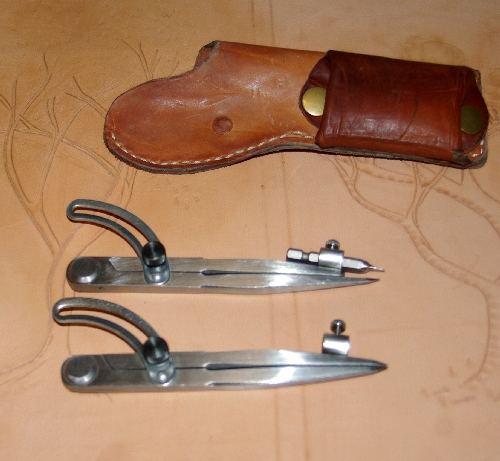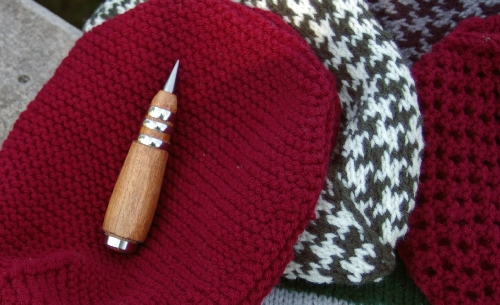My next glue purchase is going to be a gallon of Ecopoxy.
I have been looking for a waterproof, food safe glue for quite a while. A lot of people advertise that their products are made with food safe glue, and a lot of people say that this or that glue is food safe, but when you research the final results, they don’t pan out. Some will talk about the safety of the product, but their web sites and literature don’t make the same claims. Just because a salesman has made a claim, and people believed it and repeated it, does not make it true. The only conclusive evidence of food safe glue, that I have found up until now is Tightbond III. It is rated for indirect contact with food. As a result a lot of people prefer it for making cutting boards.
Ecopoxy is currently not being marketed as a glue, but I think this will be just the thing. I have not tested it as a glue, but from the specs, it looks like it will be ideal. No glue is perfect, but this looks like a dream glue.
It has an unlimited shelf life. (heat may damage the resin) This by itself is amazing. An unlimited shelf life means you don’t have to replace it every year. You don’t have to worry that the glue you bought may already be three months old and only half as strong as it was. This is a big advantage. This puts it in the category with hide glue for longevity.
Probably using Knox Gelatin as hide glue is the safest glue you can get, but apart from peanut allergies possibly causing a problem while the glue is curing, or the BPA issue rearing it’s ugly head, this is as safe as any glue I have seen. It is rated for holding potable water, so food contact is not an issue. From the specifications I have read, I would trust this more than the plastic bottles or metal cans we drink from regularly. The metal cans are usually lined with this sort of epoxy anyway, and this looks to be the best of them.
The other advantages are reduced odor, VOC and environmental issues. Gluing up a boat in your garage would be quite a bit safer with this epoxy. This is made from soybeans, beans and peanuts, so the carbon footprint is much lower than most glues. The one downside is the curing time. It is typical for a glue to be fully set either overnight or a full day later. This will reach full strength in three to five days so for a rush job or impatient craftsman, this will not be ideal. A lot of the toxicity of finishes and glues comes from the materials used to speed the setting time, so I am not about to complain about the speed. I would much rather have safe materials.
Here are a few thoughts on usage. Cutting blocks come to mind immediately, but this product may allow for some really neat things to be made. Imagine taking 6 board feet of oak, and making a stackable one foot oak cube that holds five and a half gallons for brewing wine in. Or imagine gluing together three sections like the picture below and making a wooden flask. It would look really nice with a square cork. There is no reason at all that this flask is not triangular or round or whatever.

One neat application they list is using it with sand to make a non slip surface. A food safe, marine grade epoxy that is tough enough to use to as a floor coating sounds pretty wonderful to me. I want to make a cedar hot tub with it to put next to a small cedar swimming pool. Put that on a cedar deck, with a non-slip walking path and you have a pretty wonderful back yard. If you masked off a pathway, you could make a neat non slip path. This path could be intact or done as if stepping stones. I am sure you could do this with a lot of other epoxies, but I would feel much better soaking in a hot tub that was food safe!
I cannot give any advice based on personal use yet, but as soon as I can I will do an update on this. I have enough of a sample to do some quick testing, so I will be reporting on this as I go. In any case, this epoxy looks like a game changer.
Bob





 A page Dedicated to My Writing
A page Dedicated to My Writing
Recent Comments